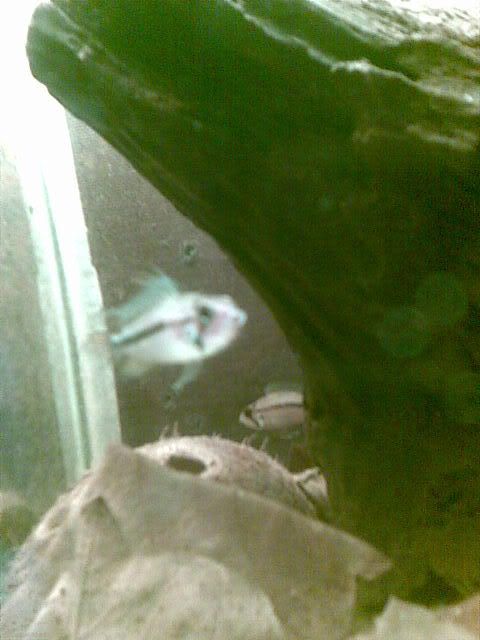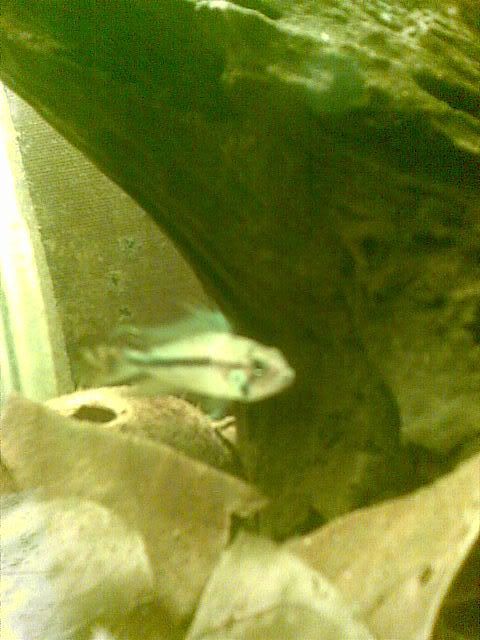- Messages
- 7
Hello here r some vdos of apisto..
http://www.youtube.com/watch?v=LIJiW6q9PCI
http://www.youtube.com/watch?v=nxXTZtIPwvA
They r housed in 11 gallon bare bottom tank with many hiding Places
for Lowering Ph I used dry almond Leaves and a Piece Of driftwood..
I want to know are they male female or not they Both swim together shaking puffing and Moving frm One cave to another they behave Like Kribensis pair Which I have..
Give Me some suggestion How Much It takes time to breed or any other info
thanx
asim
waiting for replies.......
http://www.youtube.com/watch?v=LIJiW6q9PCI
http://www.youtube.com/watch?v=nxXTZtIPwvA
They r housed in 11 gallon bare bottom tank with many hiding Places
for Lowering Ph I used dry almond Leaves and a Piece Of driftwood..
I want to know are they male female or not they Both swim together shaking puffing and Moving frm One cave to another they behave Like Kribensis pair Which I have..
Give Me some suggestion How Much It takes time to breed or any other info
thanx
asim
waiting for replies.......





